Text

Boots
c.1889
France
LACMA (Accession Number: 37.42.1a-b)
#boots#fashion history#historical fashion#1880s#1889#gold#silk#satin#france#belle epoque#accessories#shoes#19th century#lacma
71 notes
·
View notes
Text

Boots
1880s
Italian
The MET (Accession Number: C.I.42.24.4)
#boots#fashion history#historical fashion#1880s#19th century#italy#accessories#bustle era#white#red#floral#embroidery#belle epoque#shoes#the met#THIS IS WHAT IT'S ABOUT BABY#(also i want to be clear i know italy is not the belle epoque)#but i'm fudging it a little since that's the closest country
190 notes
·
View notes
Note
I just got a pin at a yard sale and I think it is old. Could I send in a picture to see if you know anything? All I know it is Bone China and also from England.
Sure! I'm not the best with dating jewelry but I could give it a shot.
171 notes
·
View notes
Text

Bodice Ornament & Hair Comb
René Lalique
1903-1904
The Art Nouveau style caused a dramatic shift in jewellery design, reaching a peak around 1900 when it triumphed at the Paris International Exhibition.
Its followers created sinuous, organic pieces whose undercurrents of eroticism and death were a world away from the floral motifs of earlier generations. Art Nouveau jewellers like René Lalique also distanced themselves from conventional precious stones and put greater emphasis on the subtle effects of materials such as glass, horn and enamel.
René Lalique, 'the admitted king of Paris fashions', chose his materials for aesthetic effect and artistic refinement, not for mere preciousness or brilliance. Credited with introducing horn into the jewellery repertoire, he dazzled the public with a collection of ornamental combs made of horn. They were moulded and sculpted in the shape of flowers, waves and butterflies.
Victoria & Albert Museum (M.116A-1966 & M.116A-1966)
#art nouveau#historical fashion#fashion history#art history#rene lalique#1900s#brooch#comb#belle epoque#1903#1904#france#20th century#turn of the century#glass#enamel#gold#opal#jewelry#v and a
308 notes
·
View notes
Note
I just got a pin at a yard sale and I think it is old. Could I send in a picture to see if you know anything? All I know it is Bone China and also from England.
Sure! I'm not the best with dating jewelry but I could give it a shot.
171 notes
·
View notes
Text
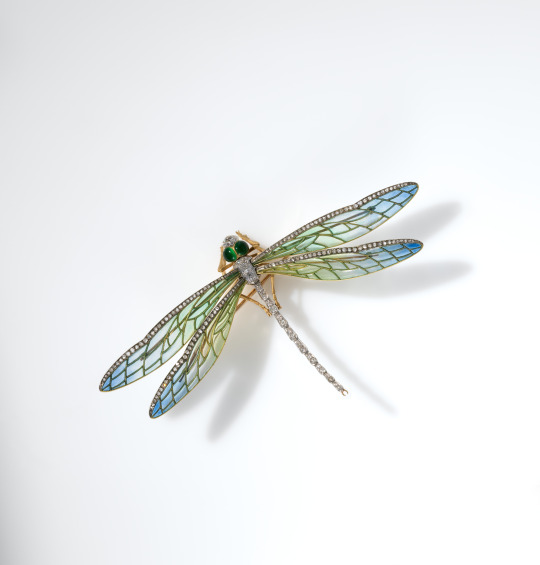
Brooch
Edgar Bense for Boucheron
c.1890
Conceived as a dazzling dragonfly with delicate plique-à-jour wings, this brooch epitomizes the Art Nouveau style in both fashion and manufacture. With its translucent wings set en tremblant and its sparking rose-cut diamonds, the present jewel catches the light brilliantly. In the enameling technique called plique-à-jour, vitreous enamel is applied to openwork wire cells without a backing, creating the transparent effect of stained glass. The house of Boucheron was founded in 1858 by Frédéric Boucheron (1830–1902). First opened in the Galerie de Valois, under the arcades of the Palais Royal, the shop was perfectly situated in the center of Second Empire Parisian luxury. In 1893 Boucheron moved to the Place Vendôme—the first of the great French houses to occupy that location—where it remains headquartered to this day, with more than 30 branches across the globe.
The MET (Accession Number: Accession Number: 2018.447.1)
#brooch#art history#1890s#art nouveau#jewelry#belle epoque#fashion history#19th century#historical fashion#france#turn of the century#gold#diamond#enamel#the met#those wings just make me go !!!!!!!
273 notes
·
View notes
Text


Brooch
Marcus & Co. (New York City, New York)
c.1900
This exquisite brooch is one of the few extant examples of plique-à-jour jewelry made by the New York firm of Marcus & Co., whose reputation at its prime rivaled that of Tiffany & Co. Herman Marcus (1828–99), a German–born and Dresden–trained jeweler, arrived in New York in 1850 and worked for a number of prestigious firms before establishing Marcus & Co. in 1892. Following his death, the company continued under the direction of his two sons, George Elder Marcus and William Marcus.
The brooch is a superb example of Marcus & Co.’s work in plique-à-jour enameling, in which the "cells" of color have no backing, allowing light to shine through the transparent enamel, thereby creating the effect of stained glass. One of the only jewelry firms of its day to succeed at this challenging technique, Marcus & Co. followed the lead of such innovative French designers as René Lalique. The sensitive 3-dimensional sculpting of the sweet pea blossoms and leaves, as well as the naturalistic coloring of the enamels, reflects the Art Nouveau aesthetic that prevailed at the turn of the century. Indeed, close parallels can be drawn with the brilliant naturalistic work of Louis Comfort Tiffany, whose oeuvre is so well represented in the Met’s collection.
The MET (Accession Number: Accession Number: 2016.107)
#brooch#jewelry#art nouveau#art history#1900s#turn of the century#fashion history#historical fashion#marcus and co#united states#floral#green#pink#enamel#pearl#diamond#gold#the met#images are pretty big HIGHLY recommend opening in a new tab
374 notes
·
View notes
Text

Pendant
Henry Wilson
c.1908
Indianapolis Museum of Art (Accession Number: 2005.22)
#pendant#jewelry#edwardian#fashion history#historical fashion#1900s#turn of the century#1908#edwardian fashion#green#gold#purple#20th century#enamel#sapphire#ruby#moonstone#pearl#emerald#indianapolis museum of art
254 notes
·
View notes
Text


Watch
c.1900
Indianapolis Museum of Art (Accession Number: 73.70.38)
#watch#fashion history#historical fashion#accessories#turn of the century#edwardian#1900#1900s#20th century#red#gold#enamel#diamond#indianapolis museum of art
363 notes
·
View notes
Text

Miniature English Drawing Room of the Early Georgian Period, 1730s
Narcissa Niblack Thorne & Unknown Artisans
c.1937
Art Institute of Chicago (Reference Number: 1941.1192)
#miniature#miniature art#art history#interior design#architecture#1730s#georgian era#georgian architecture#english#united kingdom#18th century#thorne rooms#art institute of chicago
183 notes
·
View notes
Text
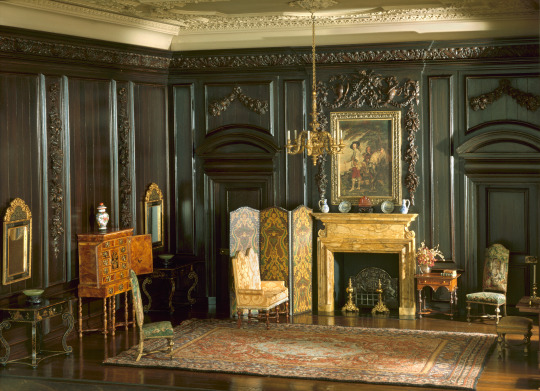

Miniature English Drawing Room of the Late Jacobean Period, 1680-1702
Narcissa Niblack Thorne & Unknown Artisans
c.1937
Art Institute of Chicago (Reference Number: 1941.1189)
#miniature#miniature art#art history#interior design#architecture#17th century#jacobean era#united kingdom#english#thorne rooms#art institute of chicago
234 notes
·
View notes
Text
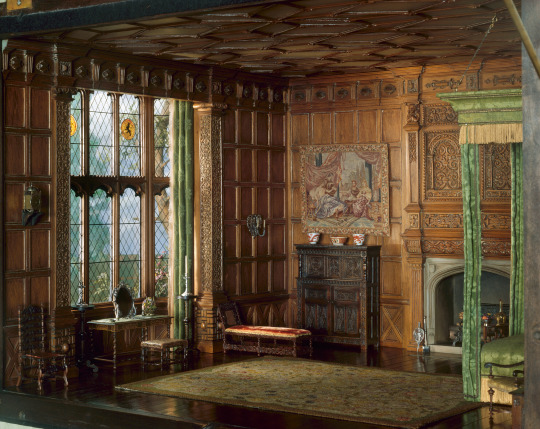

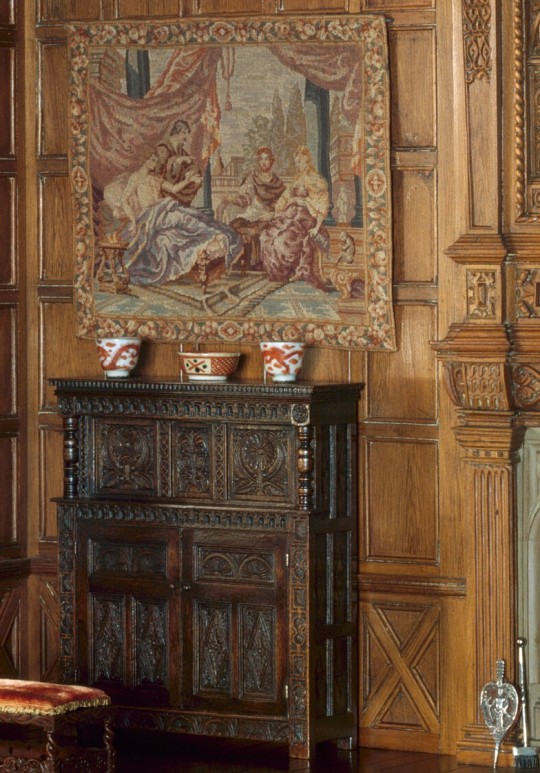
Miniature English Bedchamber of the Jacobean or Stuart Era, 1603-1688
Narcissa Niblack Thorne & Unknown Artisans
c.1937
Art Institute of Chicago (Reference Number: 1941.1187)
#miniature#miniature art#art history#architecture#interior design#17th century#united kingdom#english#jacobean era#stuart era#thorne rooms#art institute of chicago
445 notes
·
View notes
Text

Miniature English Jacobean Hall, 1603-1649
Narcissa Niblack Thorne & Unknown Artisans
1932-1937
Phoenix Art Museum (Object Number: 1962.79.1)
#miniature#miniature art#art history#interior design#architecture#17th century#jacobean era#thorne rooms#english#united kingdom#phoenix art museum
179 notes
·
View notes
Text

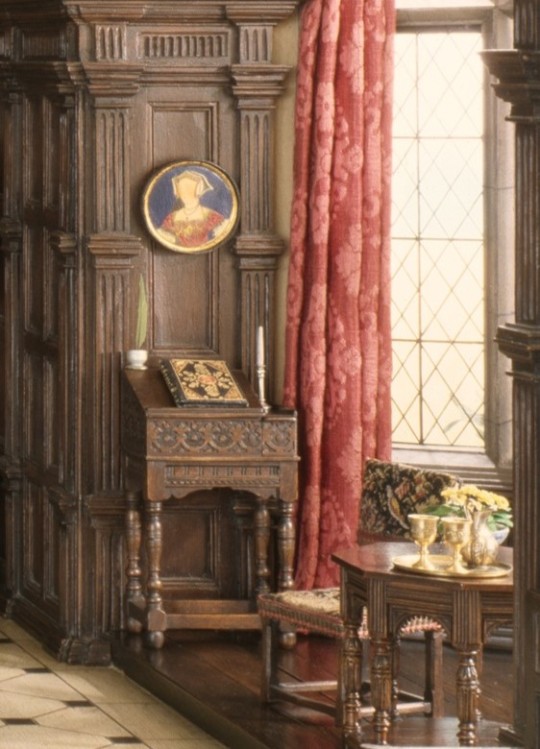

Miniature English Great Room of the Late Tudor Period, 1550-1603
Narcissa Niblack Thorne & Unknown Artisans
c.1937
Art Institute of Chicago (Reference Number: 1941.1186)
#miniature#miniature art#art history#architecture#interior design#tudor era#16th century#english#united kingdom#up close#thorne rooms#art institute of chicago#one of my favorite bits of the art institute#knew y'all would want to see the dog
340 notes
·
View notes
Text



Ball Gown
Driscoll (United States)
c.1900
Gift of Alice Roosevelt Longworth, 1976
The MET (Accession Number: 1976.134.14a, b)
#ball gown#fashion history#historical fashion#alice roosevelt#evening dress#1900s#1900#united states#driscoll#silk#off white#turn of the century#the met#i'm curious if this is one of her debut dresses#certainly tracks timeline wise
413 notes
·
View notes
Text
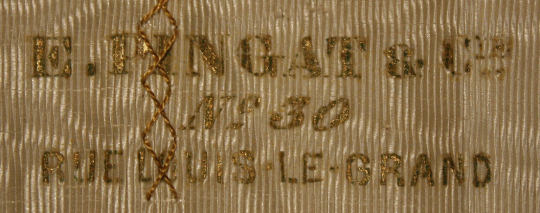
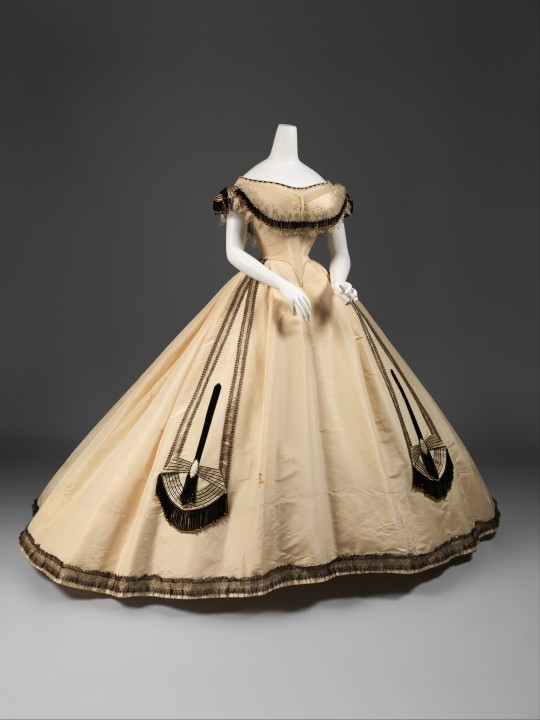
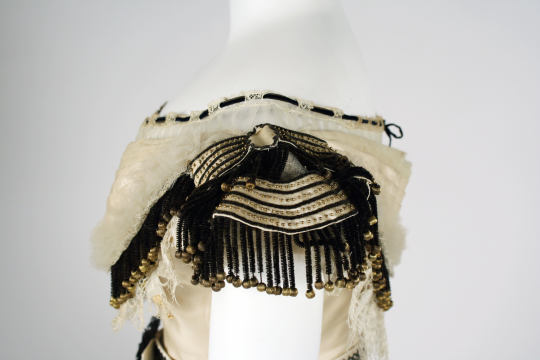

Ball Gown
Emile Pingat (Paris, France)
c.1864
The MET (Accession Number:C.I.69.33.12a–c)
#ball gown#evening dress#1860s#fashion history#historical fashion#emile pingat#pingat#1864#white#black#silk#19th century#second french empire#france#crinoline era#up close#the met
348 notes
·
View notes
Text
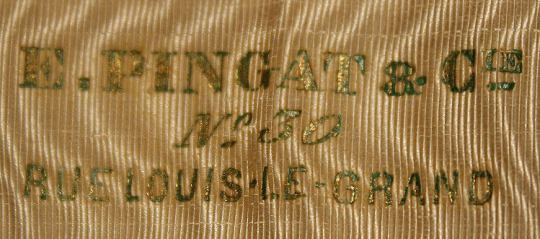

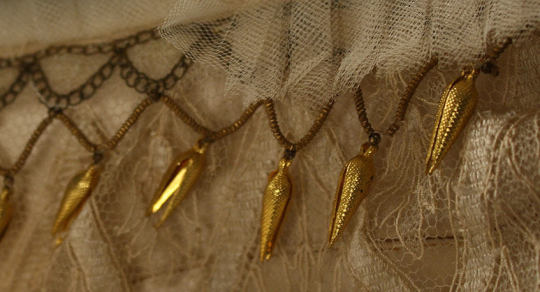
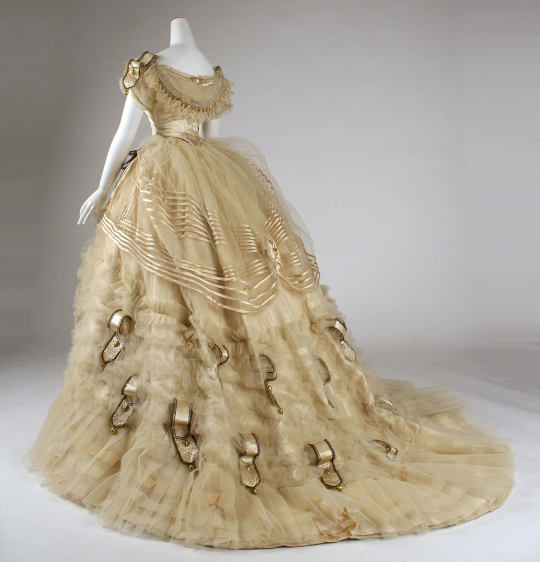
Ball Gown
Emile Pingat (Paris, France)
c.1864
The MET (Accession Number: C.I.69.33.1a, b)
#ball gown#evening dress#1860s#fashion history#historical fashion#up close#pingat#emile pingat#france#silk#second french empire#19th century#crinoline era#1864#the met#playing a bit with my layouts
277 notes
·
View notes